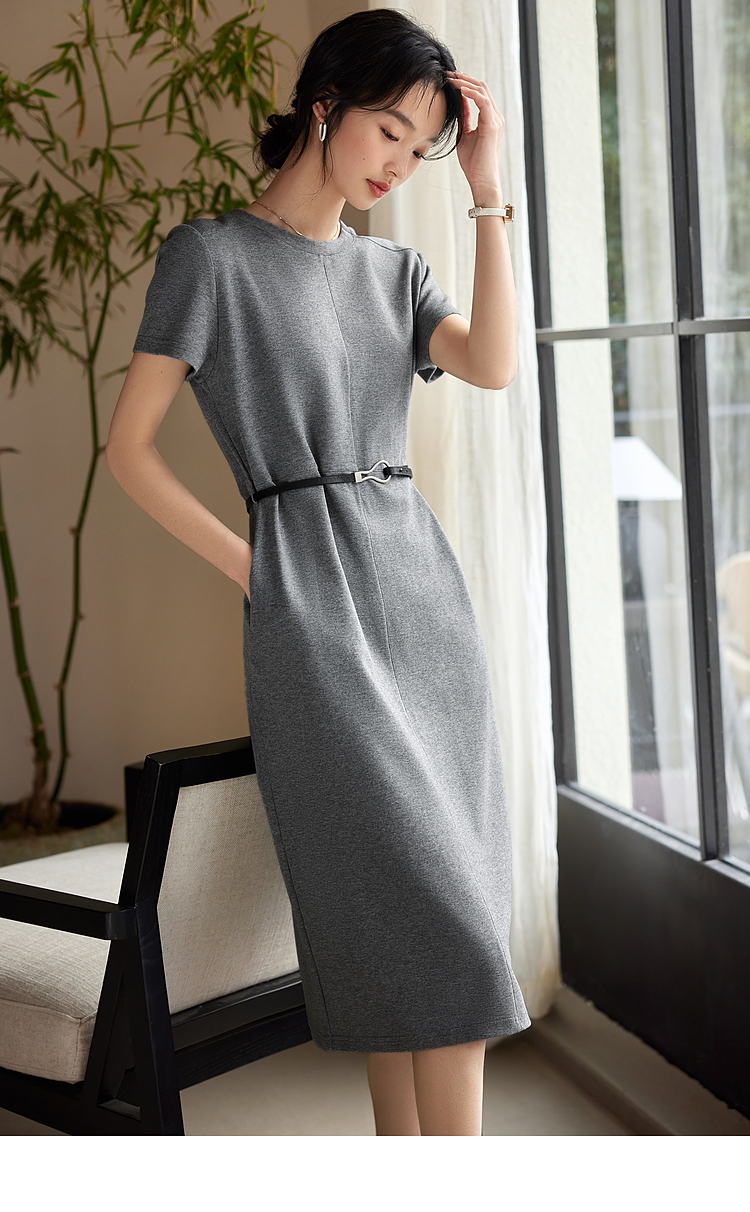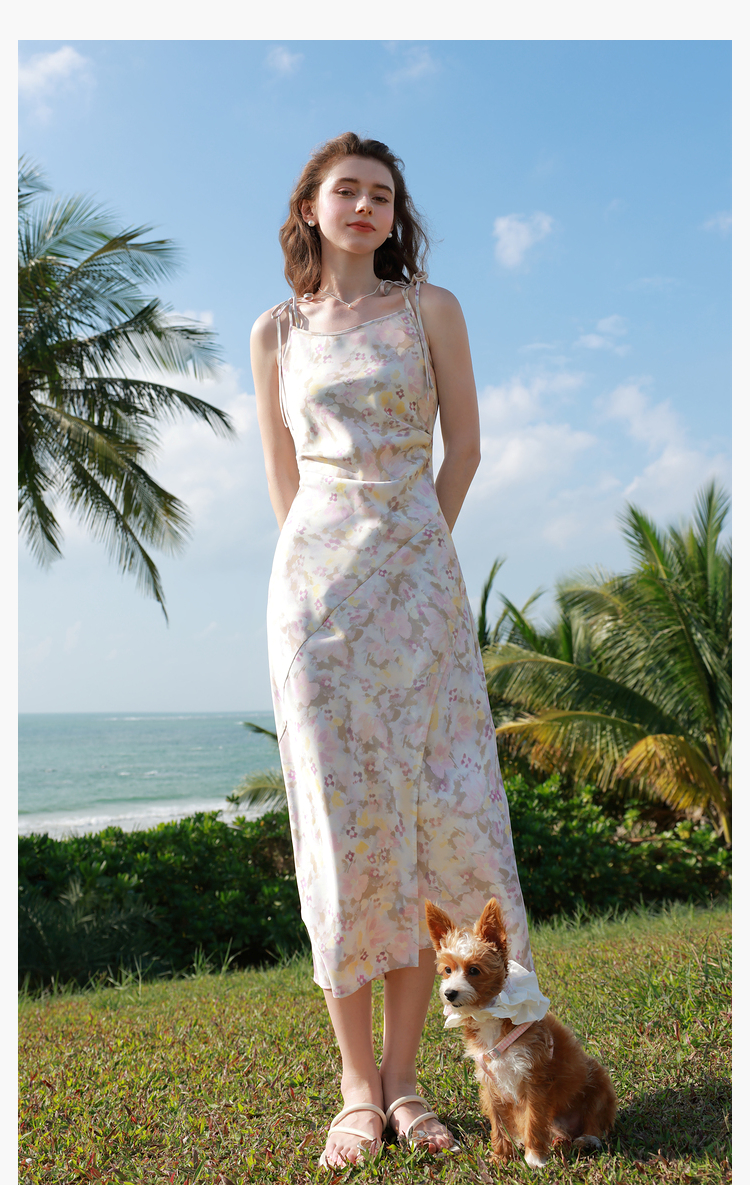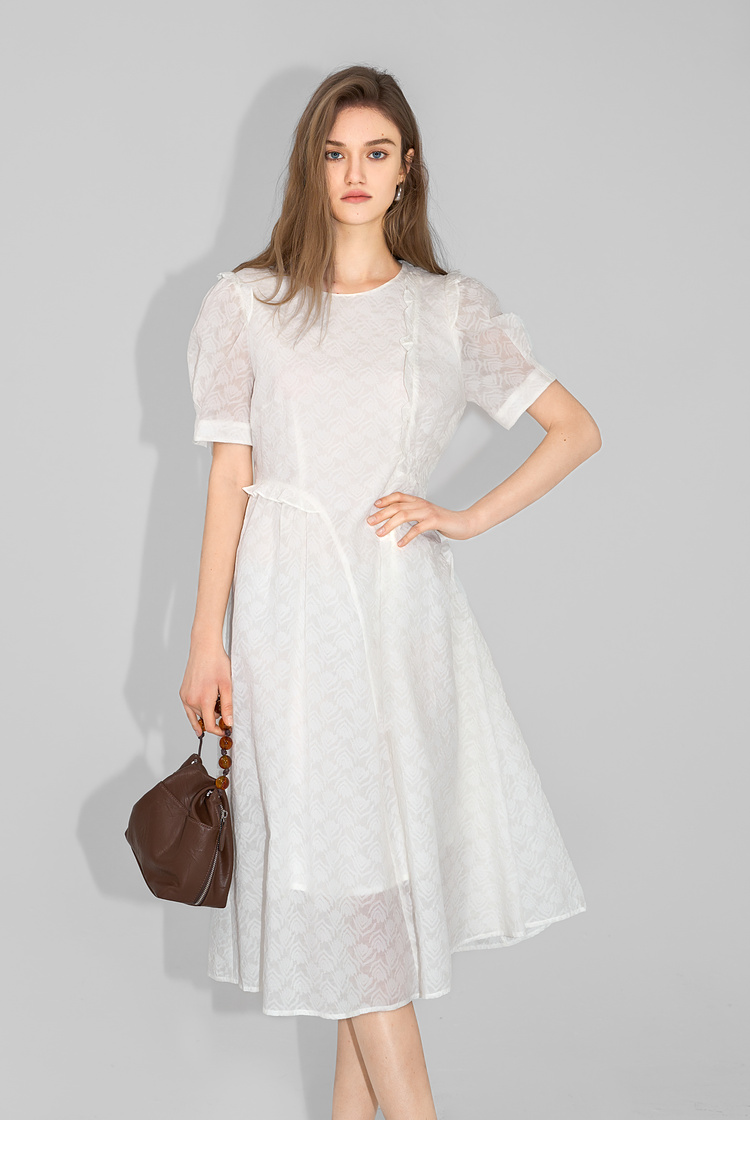A Guide to the Art of Qipao Dress Patterns
The qipao, also known as the cheongsam, is a traditional Chinese dress that has captivated the world with its elegance and sophistication. This guide will delve into the art of qipao dress patterns, exploring the rich history, cultural significance, and the intricate craftsmanship involved in creating this iconic garment.
History of the Qipao
The origins of the qipao can be traced back to the Qing Dynasty, where it was originally a loose-fitting robe worn by the Manchu people. Over time, the qipao evolved into a more form-fitting silhouette, reflecting the changing social and cultural landscape of China.
Cultural Significance
The qipao is more than just a dress; it is a symbol of Chinese culture and femininity. It has been worn on various occasions, from casual outings to formal events, and has even been adopted by women of other cultures who appreciate its beauty and grace.
Design Elements
The design of a qipao is characterized by its high collar, asymmetrical closure, and the use of vibrant colors and patterns. The dress can be adorned with intricate embroidery, beadwork, or lace, adding to its allure and charm.
Pattern Making
The art of qipao dress pattern making is a meticulous process that requires an understanding of both traditional Chinese tailoring techniques and modern fashion design principles. The pattern must be tailored to the individual’s body shape and size to ensure a perfect fit.
Fabric Selection
Choosing the right fabric is crucial for a qipao. Silk is the most traditional and popular choice due to its luxurious feel and natural sheen. Other fabrics, such as brocade or satin, can also be used to create a unique and eye-catching qipao.
Customization and Personalization
One of the joys of creating a qipao is the ability to customize and personalize the design to one’s taste. From the choice of color and pattern to the style of collar and sleeves, the possibilities are endless.
Modern Interpretations
While the traditional qipao has a timeless appeal, many designers are also creating modern interpretations of the dress. These contemporary versions incorporate new silhouettes, materials, and design elements, making the qipao relevant for today’s fashion landscape.
Conclusion
In conclusion, the art of qipao dress patterns is a testament to the rich cultural heritage of China and the skill of its artisans. Whether you are a fashion enthusiast or simply appreciate the beauty of traditional garments, the qipao is a dress that deserves admiration and celebration.







As a tailor with over 30 years of experience, the pattern making section of this guide was spot on. The emphasis on understanding traditional Chinese tailoring techniques and modern fashion design principles is crucial for creating a well-fitted qipao. I appreciate the detailed explanation of the process.
I’m a 50-year-old man who appreciates the elegance of traditional clothing. The qipao dress patterns guide was a delightful read, especially the section on design elements. The high collar and asymmetrical closure are such unique features that add to the allure of the dress. I can see why the qipao has been adopted by women of various cultures.
I’m a 30-year-old woman from the United States who recently discovered the beauty of the qipao. This guide has inspired me to explore modern interpretations of the dress. The idea of incorporating new silhouettes and materials while maintaining the essence of the traditional qipao is fascinating. I can’t wait to see how designers blend the old with the new.
As a mother of two, I’ve always admired the elegance of the qipao. This guide has shown me that the dress is not just for special occasions but can also be worn for casual outings. The idea of customizing the design to suit my taste and lifestyle is exciting. I can see myself wearing a qipao on a daily basis, especially with the modern interpretations available today.
The article could have mentioned the safety aspects of qipaos, especially with regards to the high collar. As someone who values comfort, I’m curious about how it feels to wear one for extended periods.
I’m a 22-year-old student from South Korea who loves exploring different cultures through fashion. This guide to qipao dress patterns was a great resource for understanding the intricacies of this traditional Chinese dress. The modern interpretations section was especially inspiring, showing how the qipao can be adapted to contemporary fashion trends.
I’m a 33-year-old man from Spain who appreciates the craftsmanship of traditional garments. The qipao dress patterns guide was a fascinating read, especially the section on pattern making. The meticulous process involved in creating a perfect fit is a testament to the skill of the artisans.
I’m a fashion blogger based in Paris, and I’ve always been fascinated by the qipao. This guide has provided me with a deeper understanding of the dress’s cultural significance and design elements. The section on modern interpretations was particularly inspiring. I can’t wait to feature some of these contemporary qipaos in my next blog post.
I’m a 27-year-old woman from Italy who loves exploring different cultures through fashion. This guide to qipao dress patterns was a great introduction to the art of creating this traditional Chinese dress. The customization options are endless, and I love how each qipao can be tailored to reflect the wearer’s personality.
The qipao dress patterns are truly a work of art. The craftsmanship involved in creating these dresses is something to be admired and preserved.
As a Chinese-American, I’ve always felt a deep connection to the qipao. This guide beautifully captures the cultural significance of the dress and its evolution over time. The section on pattern making was particularly interesting, highlighting the meticulous process required to create a perfect fit. It’s a reminder of the skill and dedication of the artisans who create these stunning garments.
I’m a young professional who values both style and sustainability. While the qipao is beautiful, I hope to see more eco-friendly options in the future.
As a fashion designer with a deep appreciation for cultural heritage, I find the qipao dress patterns to be a fascinating blend of tradition and modernity. The intricate embroidery and vibrant colors make each qipao a unique piece of art.
As a textile artist, the section on fabric selection was particularly interesting to me. Silk is indeed the quintessential choice for a qipao, but I also appreciate the mention of other fabrics like brocade and satin. The guide has inspired me to experiment with different materials to create unique qipaos.
The cultural significance of the qipao cannot be overstated. As a Chinese-American, wearing a qipao feels like a way to connect with my heritage and celebrate my roots.